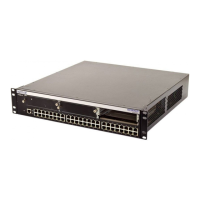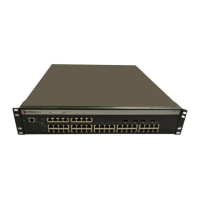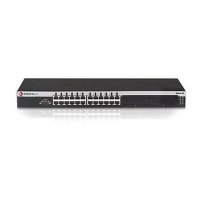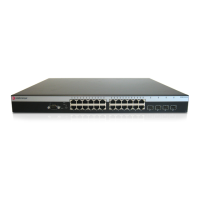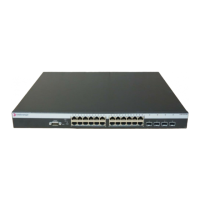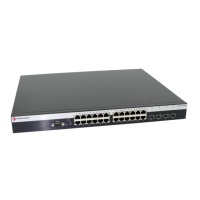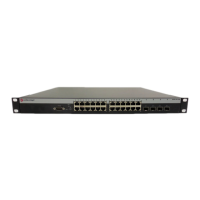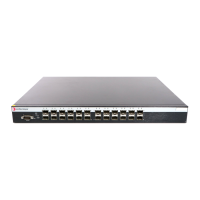Matrix E1 Series (1G694-13) Configuration Guide 8-1
8
IGMP Configuration
This chapter describes the IGMP Configuration set of commands and how to use them.
8.1 MULTICAST FILTERING CONFIGURATION SUMMARY
Multicasting is used to support real-time applications such as video conferences or streaming
audio. A multicast server does not have to establish a separate connection with each client. It
merely broadcasts its service to the network, and any hosts that want to receive the multicast
register with their local multicast switch/router. Although this approach reduces the network
overhead required by a multicast server, the broadcast traffic must be carefully pruned at every
multicast switch/router it passes through to ensure that traffic is only passed to the hosts that
subscribed to this service.
This switch uses IGMP (Internet Group Management Protocol) to query for any attached hosts
who want to receive a specific multicast service. The switch looks up the IP Multicast Group used
for this service and adds any port that received a similar request to that group. It then propagates
the service request on to any neighboring multicast switch/router to ensure that it will continue to
receive the multicast service.
(For more information about the use of IGMP snooping and multicast filtering, refer to
Section 8.3).
8.1.1 Process Overview: IGMP Configuration
Use the following steps as a guide in the IGMP configuration process:
1. Enabling / disabling IGMP (Section 8.2.1)
2. Setting IGMP query count and report delay (Section 8.2.2)
3. Reviewing IGMP groups (Section 8.2.3)

